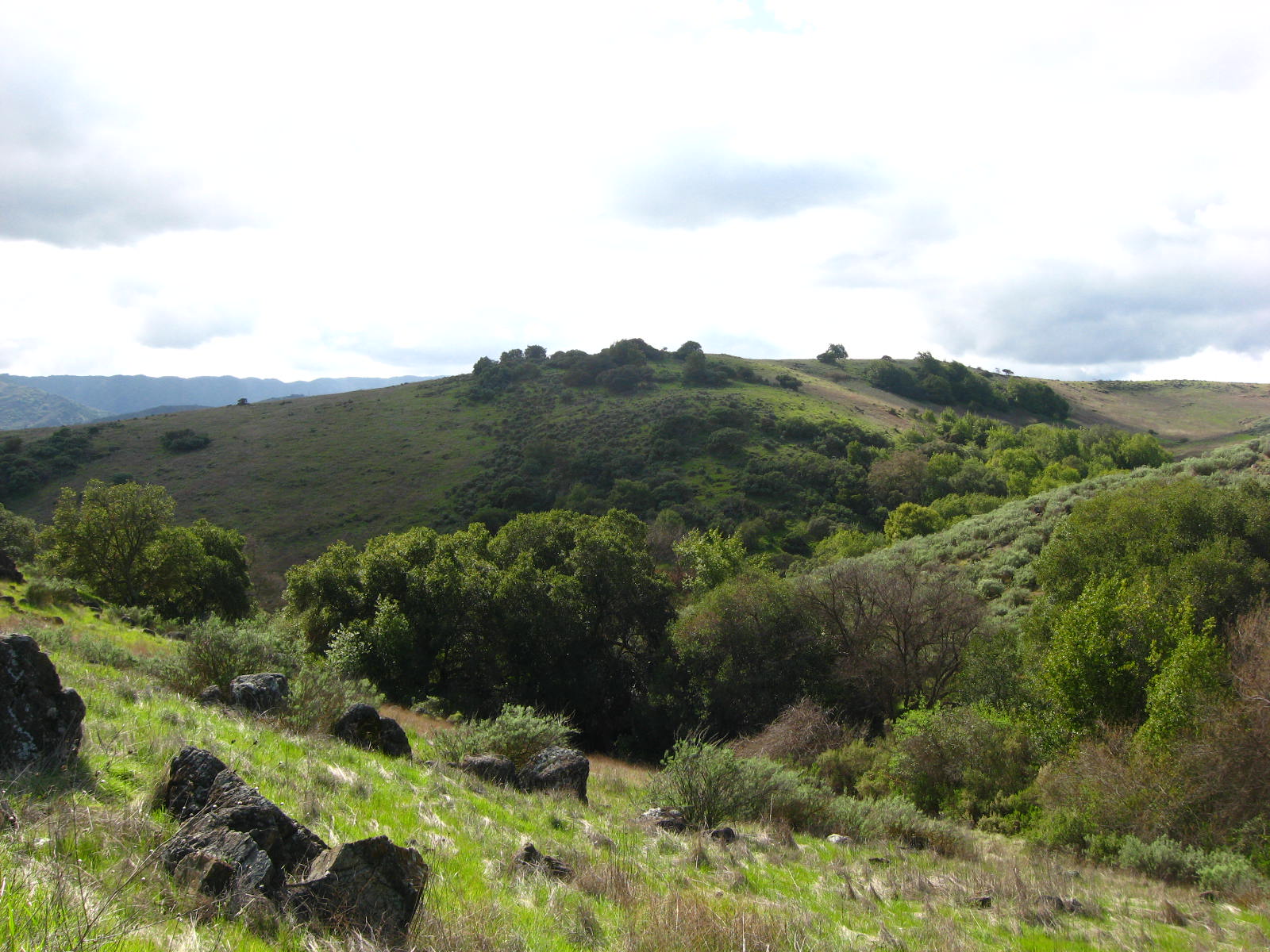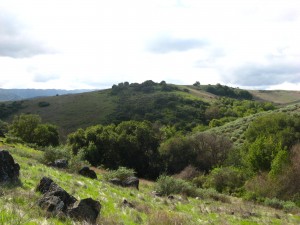Survey Says: Latinos care about the Environment—what’s the next step?

By Jose Gonzalez, NewsTaco
The polling has been clear and consistent over this decade and especially this year: Latinos care about and support a wide range of environmental issues and policies—from renewable energy to addressing climate change.
But how will this translate into action items across the conservation movement?
This is not to say that Latinos have not been active in environmental and conservation issues—the environmental justice movement has vibrant contributions from Latinos and other underrepresented communities. But with the results of polls being so strong, the Latino voice should continue to rise in prominence across the general conservation movement.
Simply put, the demographics show Latinos are here and their presence and influence will only increase. So how can this be reflected in a meaningful way in the politics, funding, organizational structure, and general identity of conservation issues? With that question in mind here are some guiding thoughts.
On Policy and Politics: A key question here is how Latinos will own their power. There is certainly a need for more Latino political representation, but how are current Latino elected officials representing a Latino conservation agenda? There is a need to continue to develop this—Raul Grijalva being a sound example of how Latino politicians can drive Latino issues while embracing a conservation agenda.
On the policy front, what conservation policies can Latinos point to as victories determined by Latino participation? There are some—one example being California’s Prop 23—but there needs to be more on a national level, representative of the “newfound” national electoral power. For example, if one considers some top current environmental issues on the national political scene, how is the Latino voice represented in each one of those?
On Funding Organizations: Organizations that provide funding for conservation and environmental issues have an opportunity on several fronts. One is to put the money behind the results and engage not only with conservation organizations seeking Latino involvement, but also to engage with Latino conservation organizations.
There is also a roster of young Latino leadership looking for support and opportunities, but which may face challenges entering into the field. Recent opportunities to reach out to Latino youth and connect them with conservation organizations and opportunities are a solid start, but there also needs to be multiple entry points for Latinos of different ages and varying backgrounds. A Latino conservationist may be coming with years of background in environmental issues, but just as likely a Latino conservationist may come with years of background in the arts, in education, in immigration issues—with just as much to contribute to the conservation field.
Lastly, funding organizations need to continue to assess and evaluate how their funding priorities and portfolios are reflective of diversifying the conservation movement.
On Conservation Organizations: For mainstream conservation organizations, the message has also been clear: not enough diversity. One issue is how a conservation organization reflects the diversity of the communities it seeks to engage. This is an importantly recognized point that requires creating and supporting the positions leading to diverse staffing.
Another issue is ensuring that the conservation issues pursued also include those that matter to Latinos. This is not to say that conservation/environmental organizations should leave issues like land preservation or wilderness protection. But establishing connections and trust begin by paying attention to what is most pressing in communities—and that can lead to entry points for broader conservation issues.
Organizations like the Center for Diversity and Environment provide a great starting point for organizations to reflect on their diversity approaches, but it requires sustained efforts to implement diversity strategies, inside and out.
On Latino Organizations: Lastly, there is the opportunity to have Latino organizations continue to push regional and national conservation agendas. With environment justice issues, there may be a tendency to engage in local grassroots campaigns and issues. This is incredibly important, but it needs to be complemented with broader policy change, and to complement and influence the work of mainstream conservation organizations. This can be done through collaborations, such as the work of the California Environmental Justice Alliance, or how the Sierra Club partnered with National Council of La Raza for their 2012 Latinos and Environment Survey.
This can also be with national efforts such as the National Latino Climate Change Coalition, National Hispanic Environmental Council, and the Latino Ocean Conservation Council. However, once established they require sustained support—support that the Latino community must be able to provide so as to strengthen their capacity serve on similar footing to mainstream conservation organizations.
If one were to ask what the top 10 mainstream conservation organizations are, the goal is to begin to see Latino organizations on that list, or at least see some overlap between the top mainstream conservation organizations and top Latino organizations.
These are general and starting thoughts not meant to dismiss the good work being done out there by Latinos on environmental issues. But while more polls can continue to support, refine, focus, and expand on Latino support for conservation issues, we must also ensure that Latino voices, and Latino faces, are present in the conservation movement beyond the polling.
[Photo by Jose Gonzalez]

